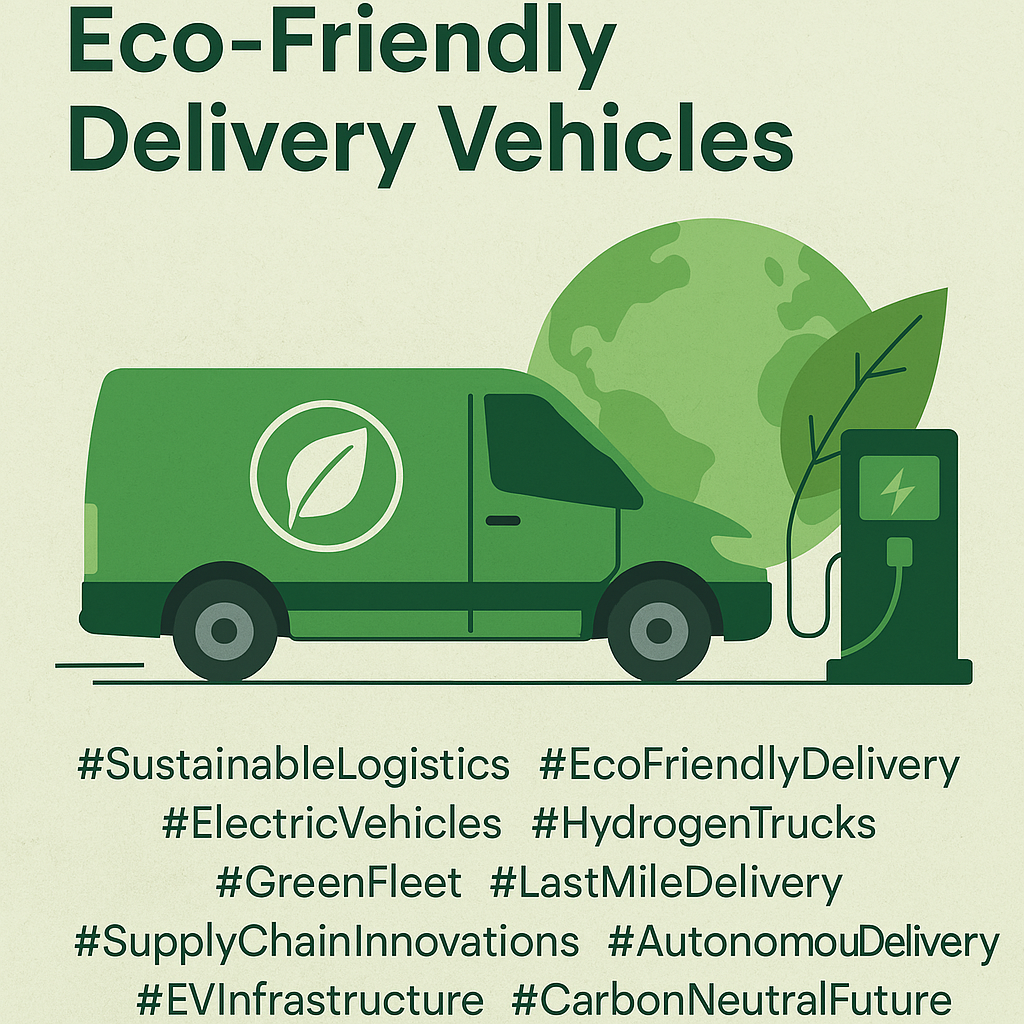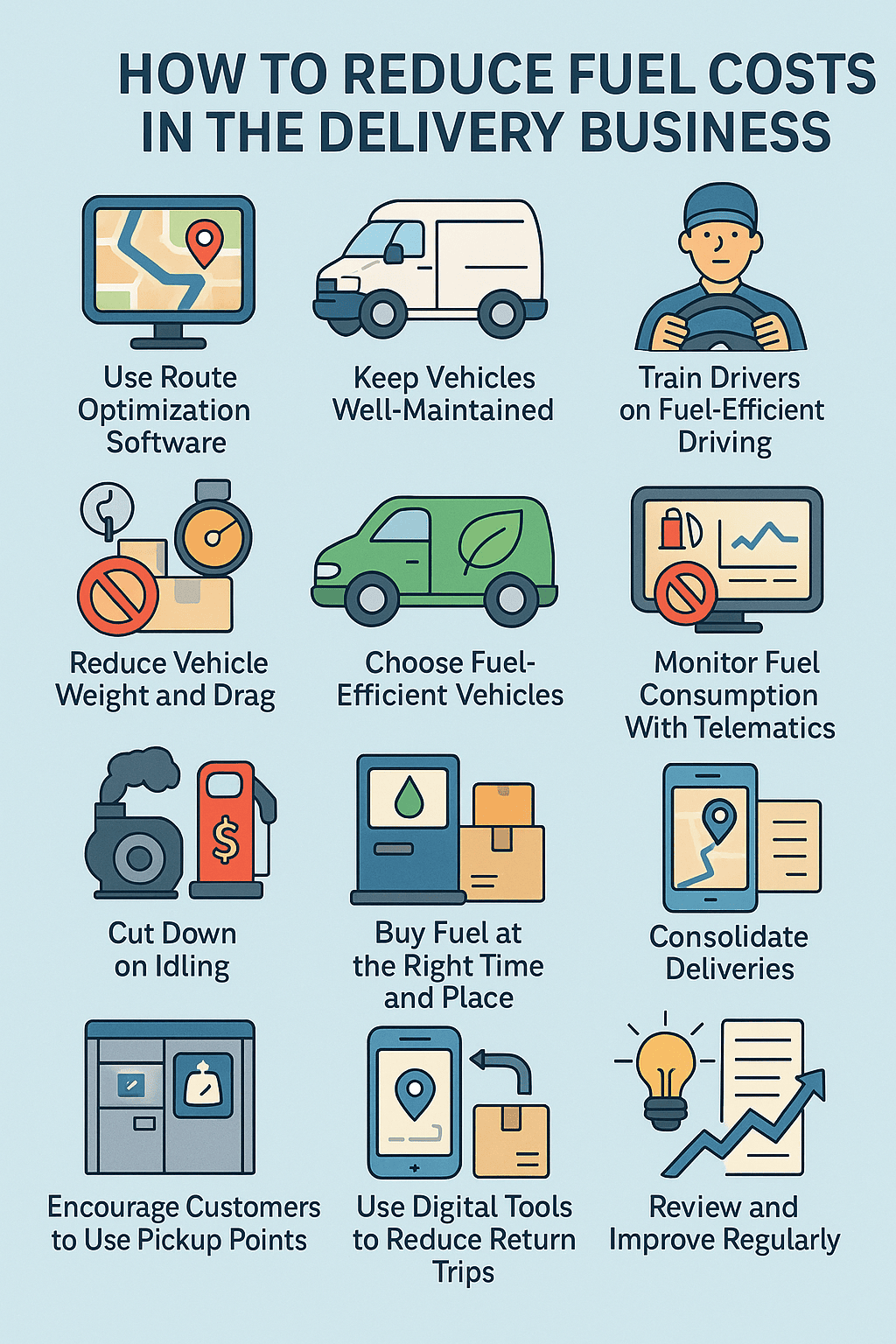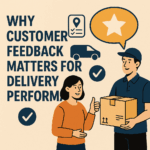Introduction
The logistics and transportation industry is undergoing a significant transformation, driven by growing environmental concerns, stricter regulations, and evolving consumer preferences. As e-commerce expands and same-day delivery becomes the norm, the demand for eco-friendly delivery vehicles is rising. Companies are shifting towards sustainable last-mile delivery solutions to reduce their carbon footprint, enhance efficiency, and meet corporate sustainability goals.
The Driving Forces Behind the Shift
1. Environmental Impact of Conventional Delivery Vehicles
Traditional delivery vehicles, primarily powered by internal combustion engines (ICEs), contribute significantly to air pollution and greenhouse gas (GHG) emissions. The logistics sector accounts for a substantial portion of global emissions, with diesel-powered vans and trucks generating high levels of nitrogen oxide (NOx) and particulate matter (PM).
2. Government Regulations and Incentives
Governments worldwide are implementing stringent emissions regulations to combat climate change. The introduction of low-emission zones (LEZs) and zero-emission mandates is pushing fleet operators to adopt electric vehicles (EVs), hydrogen-powered trucks, and other alternative fuel technologies. Financial incentives such as grants, tax credits, and subsidies for fleet electrification are further accelerating adoption.
3. Consumer Demand for Sustainable Practices
Modern consumers are more environmentally conscious than ever. Studies indicate that shoppers prefer brands with eco-friendly operations, influencing logistics providers to invest in green transportation solutions. Companies that prioritize sustainability in their supply chain and last-mile delivery gain a competitive advantage and enhance customer loyalty.
Emerging Technologies in Eco-Friendly Delivery Vehicles
1. Electric Delivery Vans and Trucks
Electric Light Commercial Vehicles (eLCVs) are gaining traction as viable replacements for diesel-powered vans. With advancements in battery technology, models now offer longer ranges, faster charging, and improved payload capacity. Major manufacturers such as Ford, Mercedes-Benz, Rivian, and Tesla are investing heavily in commercial EVs tailored for delivery operations.
2. Hydrogen Fuel Cell Vehicles (HFCVs)
Hydrogen-powered delivery trucks offer zero tailpipe emissions and extended range compared to battery-electric vehicles. Companies like Hyundai and Toyota are actively developing hydrogen-powered heavy-duty trucks, suitable for long-haul freight operations where battery-electric solutions may be impractical.
3. Autonomous and AI-Driven Delivery Solutions
Innovations in autonomous vehicles and AI-driven logistics are enhancing route optimization, fuel efficiency, and predictive maintenance for sustainable fleets. Drone delivery and robotic couriers further reduce reliance on traditional fossil-fuel-powered transport while streamlining urban deliveries.
Challenges in Adoption
1. Infrastructure Limitations
Despite the progress in EV technology, limited charging infrastructure poses challenges for fleet operators. Expanding fast-charging networks, hydrogen refueling stations, and wireless charging hubs is essential for widespread adoption.
2. High Initial Investment Costs
The transition to eco-friendly vehicles requires substantial investment in new fleet procurement, charging stations, and operational adaptations. While long-term savings on fuel and maintenance are promising, initial capital costs remain a barrier for smaller logistics firms.
3. Supply Chain Constraints
The rising demand for electric and hydrogen-powered vehicles has led to supply chain bottlenecks, affecting the availability of key components such as lithium-ion batteries, rare-earth metals, and fuel cells. Addressing production scalability is crucial for sustained market growth.
The Future of Sustainable Delivery Logistics
1. Collaborative Efforts and Industry Partnerships
Corporations, governments, and startups are joining forces to accelerate the transition to sustainable transportation. Investments in green fleet management, shared logistics platforms, and renewable energy-powered charging stations are reshaping the industry.
2. Advancements in Battery and Fuel Cell Technologies
Ongoing research is driving breakthroughs in solid-state batteries, ultra-fast charging, and hydrogen storage improvements, making eco-friendly delivery fleets more efficient and accessible.
3. Expanding Urban Sustainability Initiatives
Cities are prioritizing sustainability through initiatives like bike delivery networks, micro-mobility solutions, and clean transportation incentives to reduce urban emissions from logistics operations.
Conclusion
The demand for eco-friendly delivery vehicles is at an all-time high, fueled by environmental concerns, regulatory pressures, and consumer preferences for sustainable logistics. As technology evolves and infrastructure improves, green fleet adoption will become the industry standard, driving a more sustainable future for delivery and transportation.


